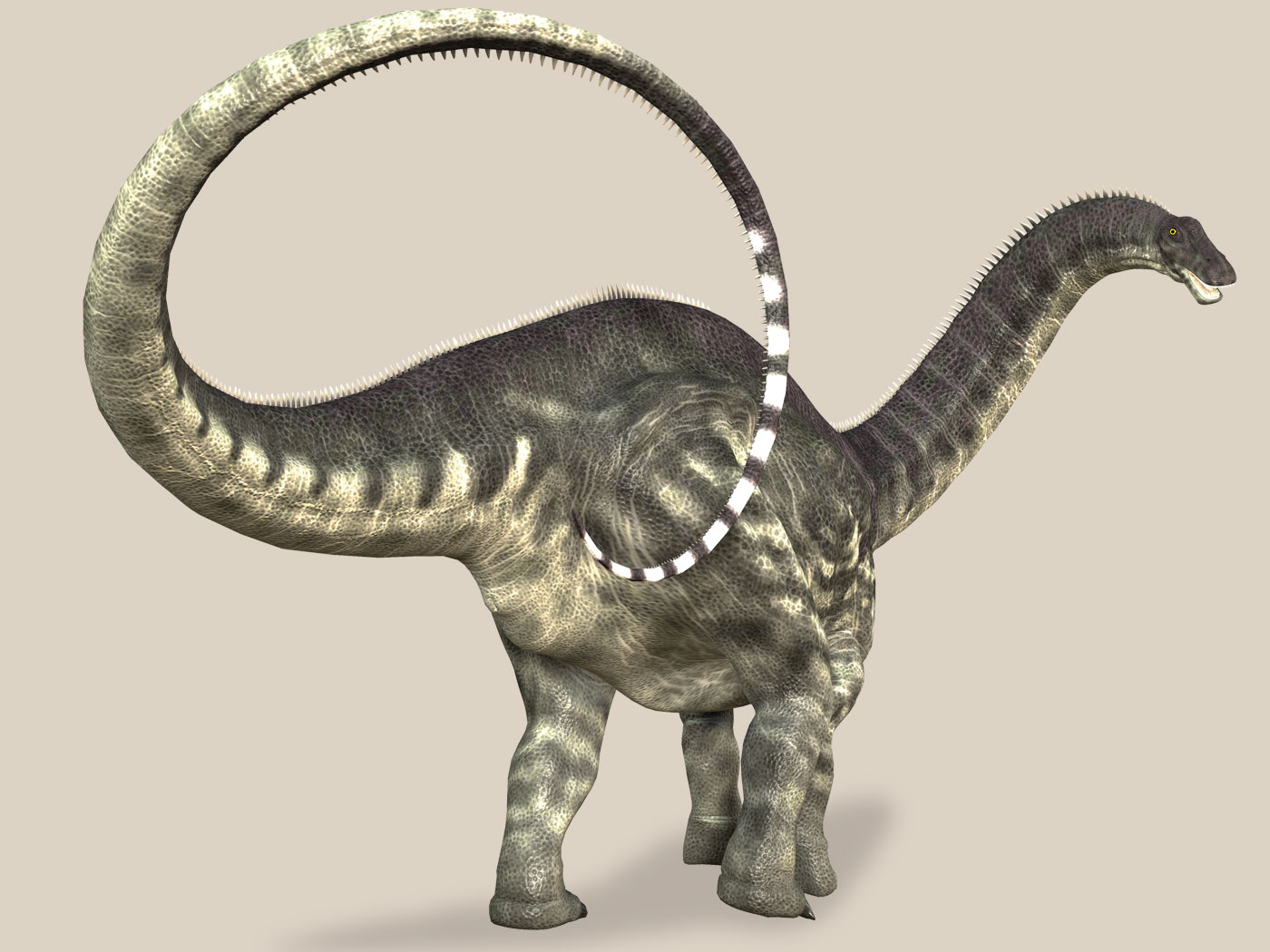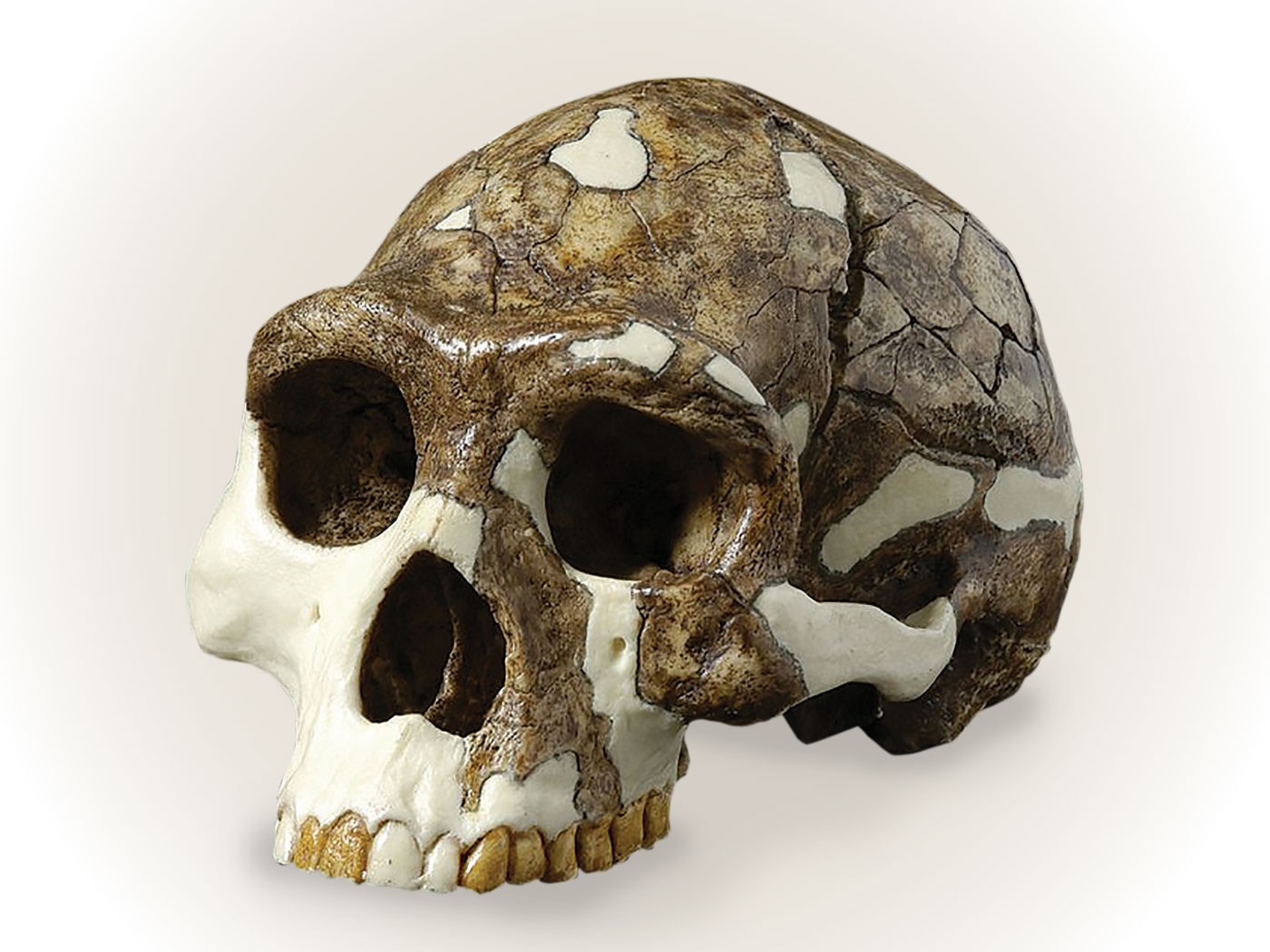Some of us may remember in high school science class viewing a busy, single-celled Paramecium as it moves through a watery medium. They move using numerous short appendages called cilia. These tiny structures are also found in huge numbers (109/cm2 or more) on the surface of the cells that line our airways. Cilia efficiently sweep mucus containing trapped material such as bacteria and dust out of our lungs. They also are found along the oviduct and are designed to sweep secondary oocytes (eggs) toward the uterus.
Now, researchers from University College London (UCL) have produced the world's first illustration of the molecular machinery that makes cilia beat.1 Specifically, “ciliary movement is generated by the axoneme, a molecular machine consisting of microtubules, ATP-powered dynein motors and regulatory complexes,” according to Walton et al. in Nature.2
The axoneme is inside the cilia and flagella found in eukaryotes.
The size and complexity of the axoneme has so far prevented the development of an atomic model, hindering efforts to understand how it functions. Here we capitalize on recent developments in artificial intelligence-enabled structure prediction and cryo-electron microscopy (cryo-EM) to determine the structure of the 96-nm modular repeats of axonemes from the flagella of the alga Chlamydomonas reinhardtii and human respiratory cilia.2
Like so many other functions of structures in our body, we take for granted how efficiently the Lord Jesus has designed these tiny motors. UCL News wrote, “In healthy airways, this complex structure is tightly controlled, with molecules precisely arranged to make cilia beat in a rhythmic, wave-like motion, around a million times a day.”1 How exactly does this happen? The Nature study authors could not help but describe axoneme function in overtly mechanical terms.
Our atomic models provide insights into the conservation and specialization of axonemes, the interconnectivity between dyneins and their regulators, and the mechanisms that maintain axonemal periodicity. Correlated conformational changes in mechanoregulatory complexes with their associated axonemal dynein motors provide a mechanism for the long-hypothesized mechanotransduction pathway to regulate ciliary motility.2
In cellular biology mechanotransduction is a complex mechanism by which cells convert mechanical stimulus into electrochemical activity by way of gated ion channels. Not only does this new discovery reveal some of the nano-secrets of the human airway and how the Creator has exquisitely designed it but also that mutations lead to axoneme dysfunction, causing disease.
As has been seen many times before, evolutionary philosophy has stunted scientific research:3,4 “[o]nce considered merely a vestige of evolution, cilia are in fact essential to many of the body’s organs. As researchers learn more about cilia’s role in disease, they’re starting to pay this once-ignored organelle much more attention.”5
One of these diseases is primary ciliary dyskinesia (PCD) affecting about one in every 20,000 people. This disorder causes impaired clearance of mucus by the cilia, resulting in chronic respiratory infections. “In people with PCD, the team found that cilia don't beat correctly because key elements of the axoneme structure are missing, caused by genetic mutations.”1
In addition to human cilia, the team examined the axoneme structure of a single-celled alga called Chlamydomonas reinhardtii, which uses two tail-like projections on its surface to swim. Despite being separated by more than 1 billion years of evolution, the alga's tails shared structural similarities with the human airway cilia, highlighting the importance of the axoneme throughout evolution.1
There is, of course, no “1 billion years of evolution,”1 except in the mind of the evolutionist. The alga and human airway cilia both share similar axoneme structure because axonemes are designed by the Creator for molecular mechanical movement. The Creator knew what design works best for this function, so He put it in both places. This doesn’t mean they share an ethereal common ancestor—but a common Designer—the Lord Jesus Christ.
References
- World's first illustration of the molecular machinery that makes cilia beat. UCL News. Posted on ucl.ac.uk June 13, 2023, accessed June 28, 2023.
- Walton, T. et al. Axonemal structures reveal mechanoregulatory and disease mechanisms. Nature. Posted on nature.com May 31, 2023, accessed June 27, 2023.
- Thomas, B. Evolution Delays Discovery of Dolphin Sensory Ability. Creation Science Update. Posted on ICR.org August 10, 2011, accessed June 27, 2023.
- Sherwin, F. 2021. Another Function of 'Junk DNA' Discovered. Acts & Facts. 50 (10).
- Gardiner, M. 2005. The Importance of Being Cilia. Howard Hughes Medical Institute. V 18, No. 2, 32.
* Dr. Sherwin is science news writer at the Institute for Creation Research. He earned an M.A. in zoology from the University of Northern Colorado and received an Honorary Doctorate of Science from Pensacola Christian College.












